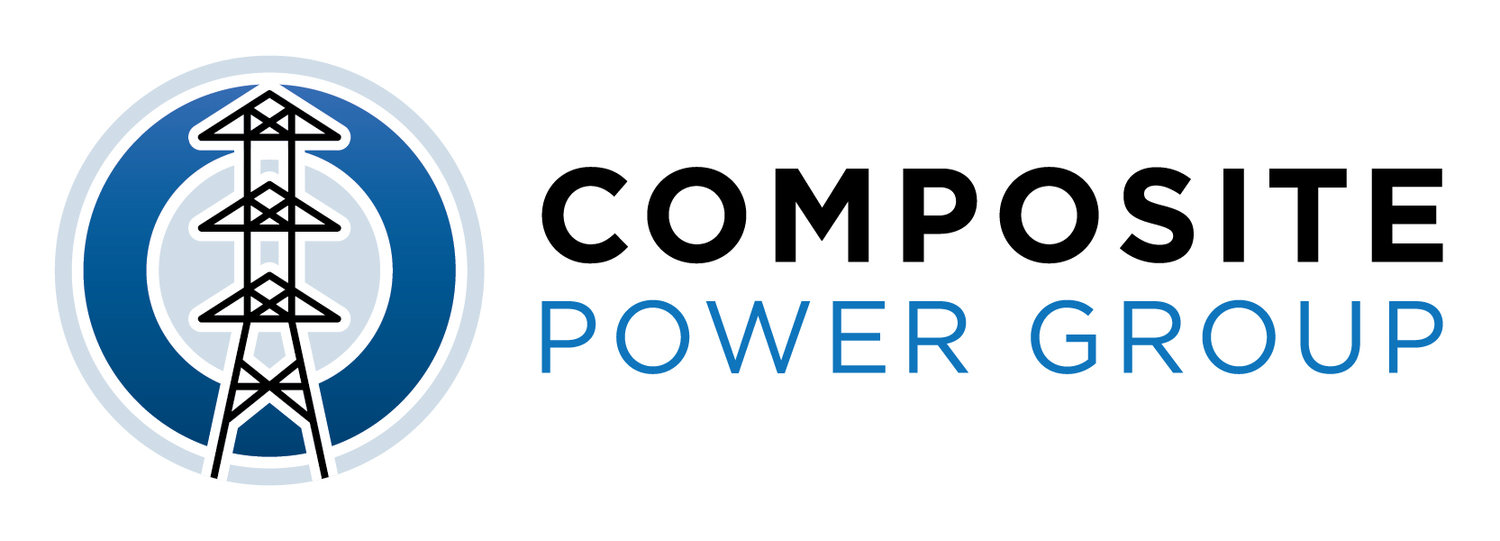Midal Cables ACSR/TW Aluminum Conductor Steel Reinforced Trapezoidol
/An ACSR/TW (Aluminum Conductor Steel Reinforced/Trapezoidal Wire) cable is an advanced type of overhead power line conductor specifically designed to carry high-voltage electricity over long distances efficiently and reliably. This cable is a variant of the standard ACSR (Aluminum Conductor Steel Reinforced) cable but features aluminum strands in a trapezoidal shape rather than the typical circular shape.
Structure of ACSR/TW Cable:
Core: At the heart of ACSR/TW cables is a core made of galvanized steel strands. This core provides the mechanical strength to withstand environmental loads such as wind and ice.
Aluminum Strands: Layers of trapezoidal aluminum strands surround the steel core. The unique trapezoidal shape of the aluminum wires allows for a compact, more closely packed arrangement compared to traditional round wires.
Midal Cables’ ASCR/TW has trapezoidal-shaped 1350-H19 wires over a high-strength steel core. There are two possible design variants:
In one case, ACSR/TW conductors are designed to have an equal aluminum cross-sectional area as that of a standard ACSR, which results in a smaller conductor diameter maintaining the same ampacity level but reduced wind loading parameters.
In the second design, the diameter of the conductor is maintained to that of a standard ACSR, which results in significantly lower conductor resistance and increased current rating with the same conductor diameter.
Midal Cables manufactures ACSR/TW with Galvanized steel (in Class A, Class B, and Class C), Zn-5Al mischmetal-coated steel, or aluminum-clad steel core.
Key Characteristics:
Increased Current Carrying Capacity: The compact configuration of trapezoidal wires allows for more aluminum in the cross-sectional area of the conductor compared to round-wire ACSR. This leads to higher current carrying capacity without increasing the overall diameter of the cable.
Reduced Power Losses: The compact design reduces the overall diameter and surface area of the conductor, which in turn minimizes energy losses due to the skin effect and corona discharge, especially at high voltages.
Enhanced Strength and Durability: The steel core provides high tensile strength, allowing the conductor to withstand heavy loads and adverse weather conditions. It is ideal for long spans in utility applications.
Improved Sag Performance: The additional aluminum and more compact design contribute to better sag performance, crucial for maintaining safe and reliable clearances over long spans.
Applications:
High Voltage Transmission Lines: Ideal for high-capacity, long-distance power transmission where reliability and efficiency are critical.
Renewable Energy Farms: Connect power from remote renewable energy sources, such as wind or solar farms, to the primary grid.
River Crossings and Long Spans: These are particularly useful in settings requiring long spans without support, such as across rivers or valleys.
Advantages Over Standard ACSR:
ACSR/TW cables can carry more current for the same diameter or, alternatively, maintain the same current capacity with a smaller diameter, potentially reducing costs related to tower construction and installation.
The reduced wind and ice loading on a smaller diameter conductor can also decrease the overall load on towers and foundations, offering further potential savings and increased safety.
ACSR/TW cables represent an enhancement over traditional ACSR cables. They offer utilities a solution that combines increased efficiency with robust mechanical strength, making it suitable for demanding high-voltage transmission applications.
The conductors are supplied on non-returnable wooden/steel reels or returnable steel reels.
Features:
Reduced drag characteristics
Low wind and ice loading parameters
High breaking load and better sag properties
Suitable for remote applications involving long spans
Specifications:
ACSR/TW manufactured by Midal Cables meets or exceeds the requirements of all international standards, including:
CSA - Canadian Standard
ASTM - American Standard
IEC - International Electro-technical Commission
EN - European Standard






